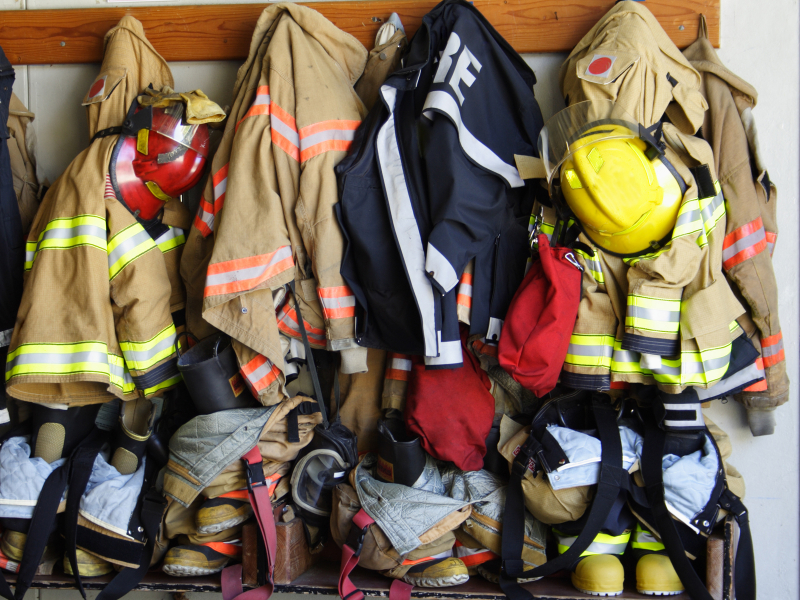 |
A 30-minute online training session from the National Institute for Occupational Safety and Health (NIOSH) provides strategies for reducing workers’ risks from fatigue during emergency response and recovery operations.
Here are some tips from the training to help you understand and control the risks workers face from unusually long, demanding workdays.
The risk of fatigue
Most adults need 7 to 8 hours of good quality sleep out of every 24 hours to function optimally. Although workers in a disaster situation may think they can do more good by putting in longer hours, a lack of adequate sleep will affect both their physical and mental performance as well as their long-term health.
Workers who do not get enough sleep may suffer from confusion and slow thinking and are more prone to making mistakes. People who work long hours are at increased risk of automobile crashes and other potentially deadly accidents. In fact, working long hours even without sleep deprivation increases your risk of mistakes.
Your one-stop safety management resource, available 24/7. Go here to take a no-cost site tour or here to try it in your own office!
Staying awake for extended periods is as dangerous as drinking too much alcohol. Consider that:
- Being awake for 17 hours is similar to having a blood alcohol concentration (BAC) of 0.05 percent (the level some countries use for drunk driving violations).
- Being awake for 24 hours is similar to having a BAC of 0.10 percent (above the typical U.S. drunk driving level of 0.08 percent).
Note, too, that:
- Working 10-hour shifts increases the risk of accidents and errors by 13 percent.
- Working 12-hour shifts increases the risk of accidents and errors by 28 percent.
NIOSH recommends that workers and employers view adequate sleep as a critical logistical item, right alongside water, food, and essential supplies for doing the job.
Recognizing and responding to fatigue
Workers need to recognize when they are too tired to keep working–and to know that if they keep pushing, they may eventually fall asleep without warning, potentially putting themselves and others at risk.
Great news! BLR’s renowned Safety.BLR.com® website now has even more time-saving features. Take our no-cost site tour! Or better yet, try it at no cost or obligation for a full 2 weeks.
Signs of excessive fatigue that indicate a worker should go off shift and get some shut-eye include:
- Difficulty focusing
- Frequent blinking, heavy eyelids, and frequent eye-rubbing
- Daydreaming or disconnected thoughts
- Repeated yawning
- Difficulty keeping the head up
- Feeling restless and irritable
Workers who put in an extended shift may be at the highest risk of fatigue-related accidents on their commute home from the worksite, especially if it is a long one. Workers experiencing fatigue-related symptoms should not perform any critical activity, including driving. If they cannot immediately get a full night’s rest, they should:
- Stop driving or performing any critical activity.
- Have some caffeine.
- Take a nap.
According to NIOSH, a worker who has some caffeine and then takes a short nap will get benefits from both upon waking. NIOSH recommends that emergency responders use caffeine wisely and avoid extra-strength caffeinated products, which can affect the heart and nervous system.
Tomorrow, we’ll look at what managers can do to protect emergency responders.

My son is a paramedic. His normal shift is 12 hours and he occasionally works a double-shift. I know nurses who work in hospitals and have similar schedules. It amazes me that their employers would ask them to put in these long shifts when they often have to make decisions that have a life/death impact on others. Has the American Medical Association ever published any guidance on this?